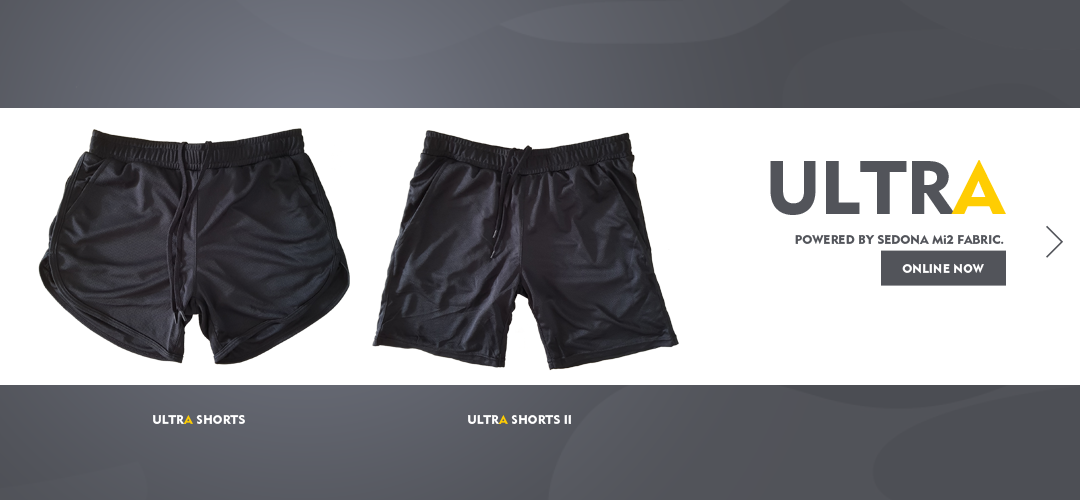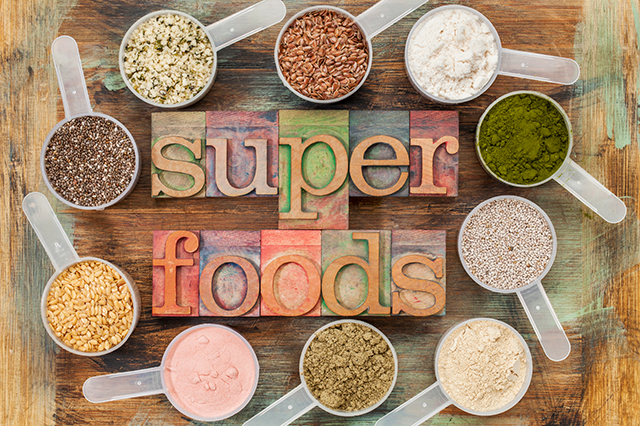
ULTRA SHORTS & ULTRA SHORTS II



Break Records.
Top 10 Best Places to Hike in the United States
The United States is a huge country with tons of variety, so there’s no shortage of awesome places to lace up the boots, get that blood pumping, and take in some amazing views.
Here are our top ten great places around the country to get out and hike
1. Zion National Park – Utah
Zion National Park in Utah is a hiker’s and climber’s paradise. The park is very well organized, there’s a shuttle system that passes many of the trailheads, and there’s plenty of backpacking options for those looking for a more serious overnight adventure. If you really want to experience Zion, it’s important to explore both the depths of the canyon and the various cliffs that dot the park. Be sure to do some homework and planning before coming to Zion, particularly if you’re an inexperienced hiker.
2. Grand Canyon
It would be a crime to mention great hikes in the US and not mention the Grand Canyon. The vast majority of tourists come to the Grand Canyon each year and don’t make it past the rim. While wandering around the rim and seeing the Grand Canyon from above is certainly amazing, it’s even more spectacular to see the power of the Canyon from the bottom. It takes a lot of advanced planning, but if you want to see the canyon from a unique perspective, consider hiking to the bottom and camping.
3. Yosemite National Park – California
This massive park really does have it all, from 200 foot waterfalls to over a hundred lakes to prehistoric looking trees to mountains to meadows and even a few beaches. What better way to explore this unique and beautiful park than on foot? You want options? You have plenty with over 800 miles of trails, from easy (and crowded) paved trails for those just looking for a nice, relaxing walk to challenging, remote, unmaintained trails for the hardcore trekkers.
4. Columbia River Gorge – Washington and Oregon
The second largest river in the United States is the backdrop for this amazing area in the Pacific Northwest. The rainy weather may not be the favorite part of visiting here, but the scenery wouldn’t be as spectacular without it. Waterfalls abound in the Columbia River Gorge, and hiking opportunities for the outdoor lover are endless.
5. Denali National Park – Alaska
Denali is hands down one of the most unique hiking areas in the United States. The most appealing aspect for hikers visiting this Alaskan wonderland is that there are no marked trails once you are out of the entrance area (which does have several marked trails). But if you really want to get into the backcountry and wilderness, go beyond the entrance for some amazing opportunities to experience nature in its most raw form.
6. Glacier National Park – Montana
Located in northern Montana and bordering Alberta and British Columbia, Glacier National Park offers hikers some amazing natural settings. Rugged mountains, a multitude of lakes, gorgeous meadows, and immaculate forests greet visitors to Glacier NP. Planning a getaway to Glacier offers hikers the chance to get away from the crowds that gather at other more popular national parks.
7. Rocky Mountain National Park – Colorado
A separate article could easily be written about the amazing hiking opportunities throughout the state of Colorado. Though there are probably equally spectacular places to hike, you just can’t go wrong with Rocky Mountain National Park. With the highest peak reaching over 14,000 feet, there are plenty of amazing trails to really experience the wild of the Rocky Mountains.
8. Hawaii Volcanoes National Park – Hawaii
Most travelers don’t think of the United States when they want to see volcanoes, but our fiftieth state has plenty and offers something that no other US state can. A large percentage of visitors to Hawaii go for the amazing beaches and water activities that come with them, but Hawaii is also quite the outdoorsman’s paradise. If you want to see terrain and landscapes that you can’t see anywhere else in the country, then head to Hawai’i Volcanoes National Park.
9. Great Smoky Mountains – Tennessee and North Carolina
Because the southern location of the Smokies, hiking is possible year-round. While it can get cold and weather is a factor in any mountain range, it’s easier to hike year-round here than in most other mountain ranges in the US. You won’t get the ruggedness of the Rocky Mountain or Glacier National Park, but there are still amazing views to be had, pristine streams and rushing waterfalls, and plenty of forest and wildlife opportunities. Choosing a trail may be the hardest part, as the Smokies are massive and the choices are never-ending.
10. Appalachian Trail – East Coast
It’s impossible to mention hiking and the United States without mentioning the Appalachian Trail (AT). A trail that stretches over 2100 miles and passes through 14 states, from Georgia to Maine, is one of the best and most varied trails in the country. If you are a hiker, then it would be sacrilegious not to hike at least part of this epic trail.

When it comes to protein there are lots of choices on store shelves. From the standpoint of digestibility, full spectrum amino acid profiles, ease of mixing and taste, whey protein is often thought of as the superior form of protein. When choosing a whey protein though, there several elements to keep in mind to know which one is right for you.
Let’s start with where whey protein comes from. All whey comes from milk. It is separated from milk during the cheese making process when the milk separates into cheese curd and liquid whey. While the solid cheese curd goes on to be made into all kinds of wonderful cheeses, the liquid whey can be used to make whey protein.
In its original liquid state, whey is a mixture of mostly water with some protein, fat, carbohydrates and lactose. Once it arrives at the processing facility, it is carefully filtered to remove excess fat, lactose, carbohydrates, and any other naturally occurring ingredients. Eventually, after enough of those ingredients are removed, the remaining product is approximately 80 percent protein. So, for every 100 grams of powder you’ll get about 80 grams of pure whey protein. This 80 percent protein is known as a whey protein concentrate.
If you continue to filter the 80 percent protein, you can remove a little more lactose, carbohydrates and fat, which creates a whey protein isolate that provides up to 90% protein. So in this case, 100 grams of powder would give you about 90 grams of protein.
You might think the 90 percent isolate is your best choice, but this may not be the case. Though there are differences in absorption speed and bioavailability, one of the key factors to keep in mind is lactose content. An isolate contains almost no lactose whereas the concentrate contains a small amount of lactose.
If you are lactose intolerant, whey concentrate may cause some bloating and even gas. You’ll know if you have a lactose sensitivity after your first protein shake; no protein shake should ever leave you feeling bloated. If you are lactose sensitive, opt for the isolate.
If you have no lactose sensitivity, either type of protein will be fine. Assuming you can use either, here are a few more characteristics that may help you make your final decision. Whey protein concentrate is the best choice if your goal is to maintain a healthy weight and you’re using shakes in between meals to help keep hunger at bay. It is actually digested a little slower than an isolate.
This means it will help you feel full longer, which is a good thing when you are working towards a weight-loss goal. Another great feature of whey concentrate as compared to an isolate is a lower price point.
If, on the other hand, you are engaged in an intense form of physical activity and want to maximize muscle recuperation, an isolate may be a better choice as it is absorbed faster and is easier for the body to break down and use.
So what’s the bottom line? If you are lactose intolerant, go for the whey protein isolate. If you are simply looking for a great quality protein to support overall good health, help meet your weight-loss goals and save money, try the concentrate. If you are a hard training athlete, the isolate will serve you best.

Superfoods are nutrient powerhouses that pack large doses of antioxidants, polyphenols, vitamins, and minerals. Eating them may reduce the risk of chronic disease, and prolong life, and people who eat more of them are healthier than those who don’t. In this article we talk about several foods that are considered super and what health benefits they offer.
Why they’re super: They contain lycopene, an antioxidant rarely found in other foods. Studies suggest that it could protect the skin against harmful UV rays, prevent certain cancers, and lower cholesterol. Plus, tomatoes contain high amounts of potassium, fiber, and vitamin C.
Why they’re super: These berries are full of phytonutrients that neutralize free radicals (agents that cause aging and cell damage). The antioxidants in these berries may also protect against cancer and reduce the effects of age-related conditions such as Alzheimer’s disease or dementia.
Why it’s super: Move over spinach, you’ve got some fierce competition. Kale contains a type of phytonutrient that appears to lessen the occurrence of a wide variety of cancers, including breast and ovarian. Though scientists are still studying why this happens, they believe the phytonutrients in kale trigger the liver to produce enzymes that neutralize potentially cancer-causing substances.
Why they’re super: A cup of black beans packs 15 grams of protein, with none of the artery-clogging saturated fat found in meat. Plus, they’re full of heart-healthy fiber, antioxidants, and energy-boosting iron.
Why it’s super: Cruciferous vegetables like broccoli contain phytonutrients that may suppress the growth of tumors and reduce cancer risk. One cup of this veggie powerhouse will supply you with your daily dose of immunity-boosting vitamin C and a large percentage of folic acid.
Why it’s super: Salmon contains omega-3 fatty acids, which the body cannot produce by itself. These fatty acids reduce inflammation, improve circulation, increase the ratio of good to bad cholesterol, and may slash cancer risk. Salmon is a rich source of selenium, which helps prevent cell damage, and several B vitamins.
Why they’re super: Full of fiber, oats are a rich source of magnesium, potassium, and phytonutrients. They contain a special type of fiber that helps to lower cholesterol and prevent heart disease. Magnesium works to regulate blood-sugar levels, and research suggests that eating whole-grain oats may reduce the risk of type 2 diabetes.